Photo Gallery for Ancylis platanana - No common name | 39 photos are available. Only the most recent 30 are shown.
|
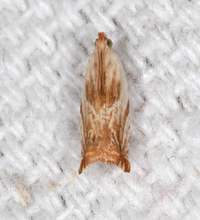 | Recorded by: Jim Petranka on 2023-07-19
Madison Co.
Comment: |  | Recorded by: Jim Petranka on 2023-07-19
Madison Co.
Comment: |
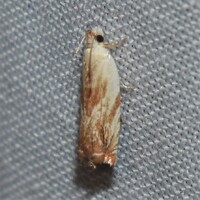 | Recorded by: David George, Stephen Dunn, Jeff Niznik on 2023-07-13
Orange Co.
Comment: |  | Recorded by: David George, Jeff Niznik on 2023-07-09
Orange Co.
Comment: |
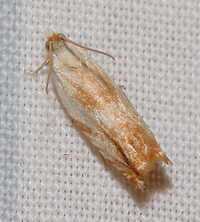 | Recorded by: David George, Stephen Dunn, Jeff Niznik on 2023-07-06
Orange Co.
Comment: | 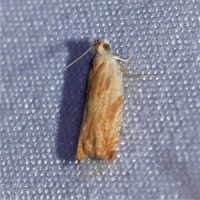 | Recorded by: David George, Jeff Niznik on 2023-05-12
Durham Co.
Comment: |
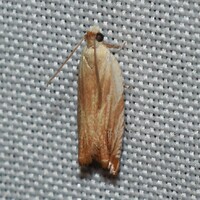 | Recorded by: David George, Jeff Niznik on 2023-04-29
Orange Co.
Comment: | 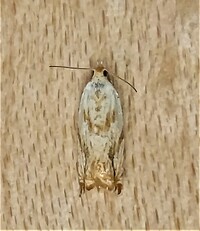 | Recorded by: Gary Maness on 2022-07-04
Guilford Co.
Comment: |
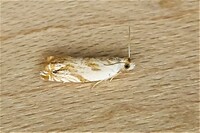 | Recorded by: Gary Maness on 2022-07-04
Guilford Co.
Comment: | 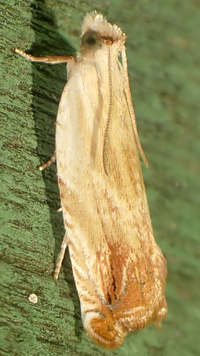 | Recorded by: tom ward on 2022-05-11
Buncombe Co.
Comment: |
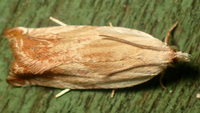 | Recorded by: tom ward on 2022-05-11
Buncombe Co.
Comment: | 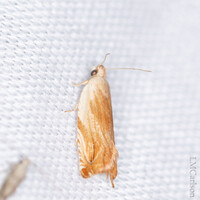 | Recorded by: David George, L.M. Carlson, Becky Watkins on 2022-05-02
Durham Co.
Comment: |
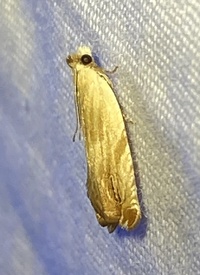 | Recorded by: David George, L. M. Carlson on 2022-04-23
Orange Co.
Comment: | 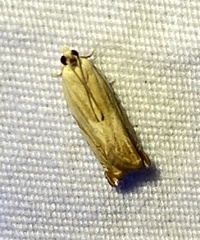 | Recorded by: David George, L. M. Carlson on 2022-04-23
Orange Co.
Comment: |
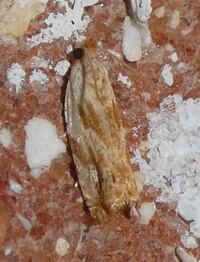 | Recorded by: Simpson Eason on 2021-08-09
Durham Co.
Comment: | 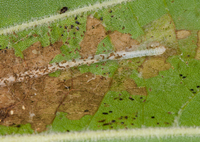 | Recorded by: Jim Petranka on 2020-08-06
Madison Co.
Comment: A view of the underside of Platanus occidentalis with an elongated, tube-like, whitish protective shelter. Note the larva at the end of the tube. |
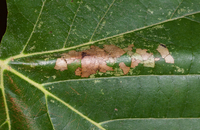 | Recorded by: Jim Petranka on 2020-08-06
Madison Co.
Comment: A view of the upper leaf surface of Platanus occidentalis. As larvae skeletonize the leaf from below, it causes the leaf to buckle, and to form a tentiform structure like the one seen here. See companion photo of the underside. |  | Recorded by: Jim Petranka on 2020-08-06
Madison Co.
Comment: A view of the underside of Platanus occidentalis with an elongated, whitish protective shelter. Note the darker, skeletonized leaf tissue that surrounds this. |
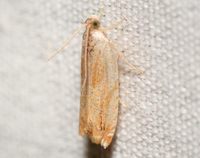 | Recorded by: Kyle Kittelberger on 2020-05-03
Wake Co.
Comment: | 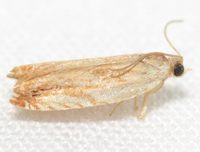 | Recorded by: Kyle Kittelberger on 2020-05-03
Wake Co.
Comment: |
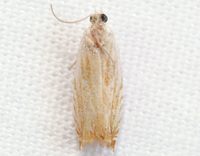 | Recorded by: Kyle Kittelberger on 2020-05-03
Wake Co.
Comment: | 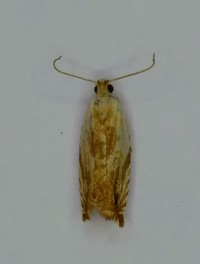 | Recorded by: Gary Maness on 2019-07-03
Guilford Co.
Comment: |
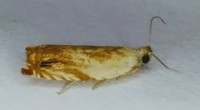 | Recorded by: Gary Maness on 2019-07-03
Guilford Co.
Comment: | 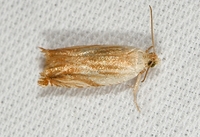 | Recorded by: Jim Petranka and Becky Elkin on 2019-05-06
Madison Co.
Comment: |
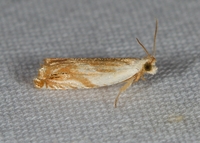 | Recorded by: Jim Petranka and Becky Elkin on 2019-05-06
Madison Co.
Comment: | 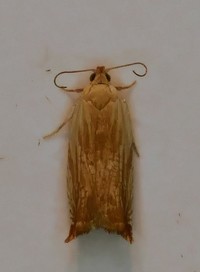 | Recorded by: Gary Maness on 2019-05-03
Guilford Co.
Comment: |
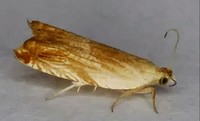 | Recorded by: Gary Maness on 2019-05-03
Guilford Co.
Comment: | 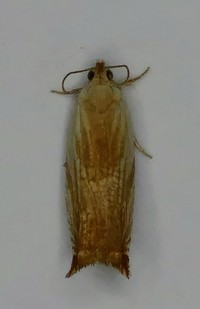 | Recorded by: Gary Maness on 2019-05-03
Guilford Co.
Comment: |
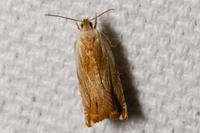 | Recorded by: David L. Heavner on 2019-04-23
Buncombe Co.
Comment: | 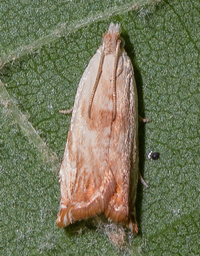 | Recorded by: Stephen Hall on 2018-06-15
Orange Co.
Comment: Found resting on the underside of a Sycamore leaf |
|